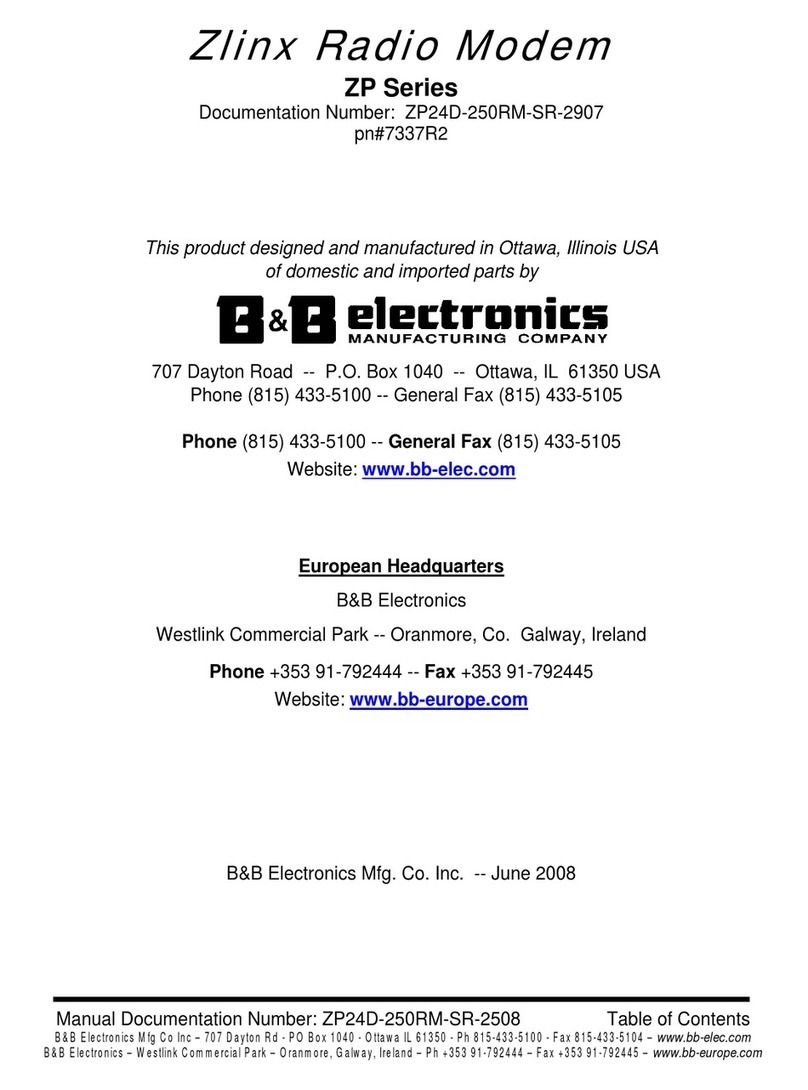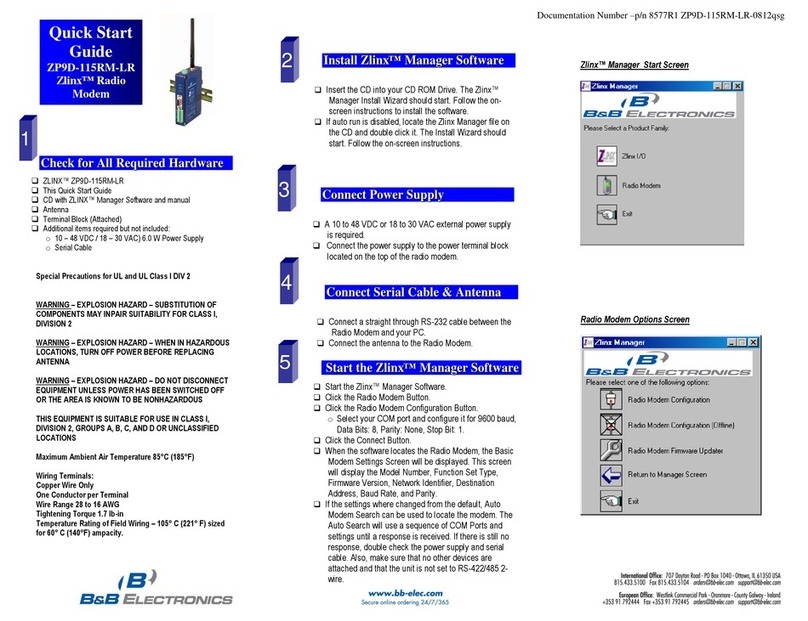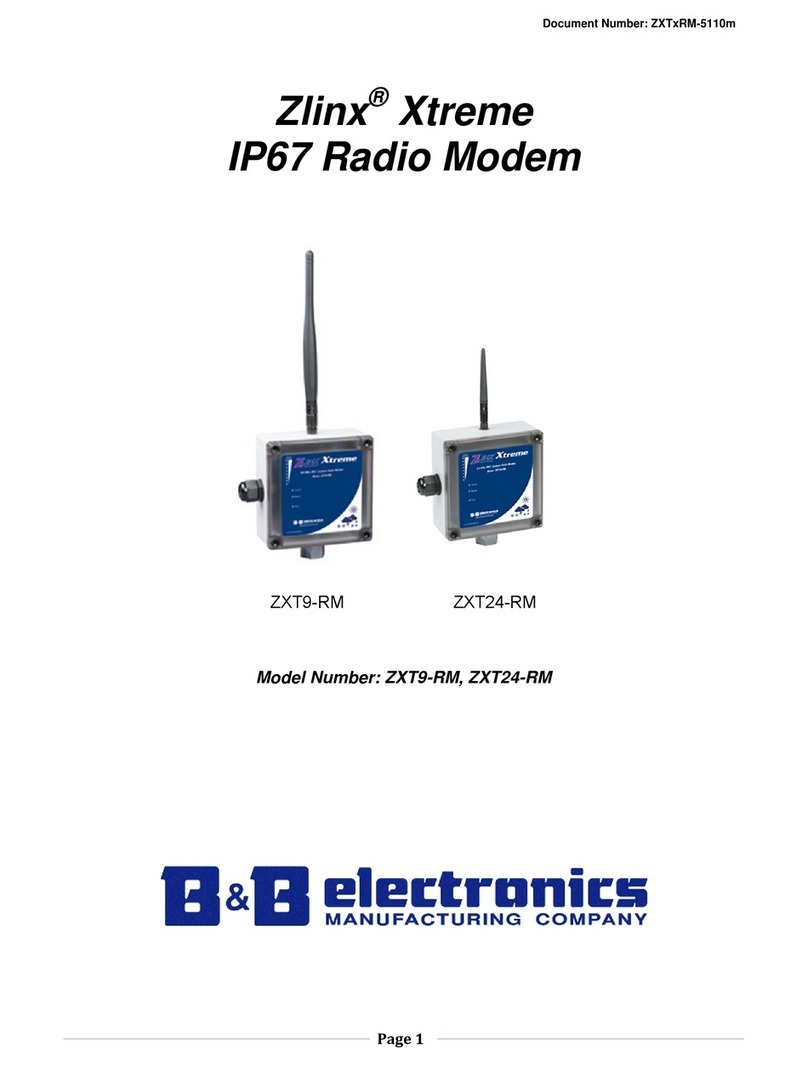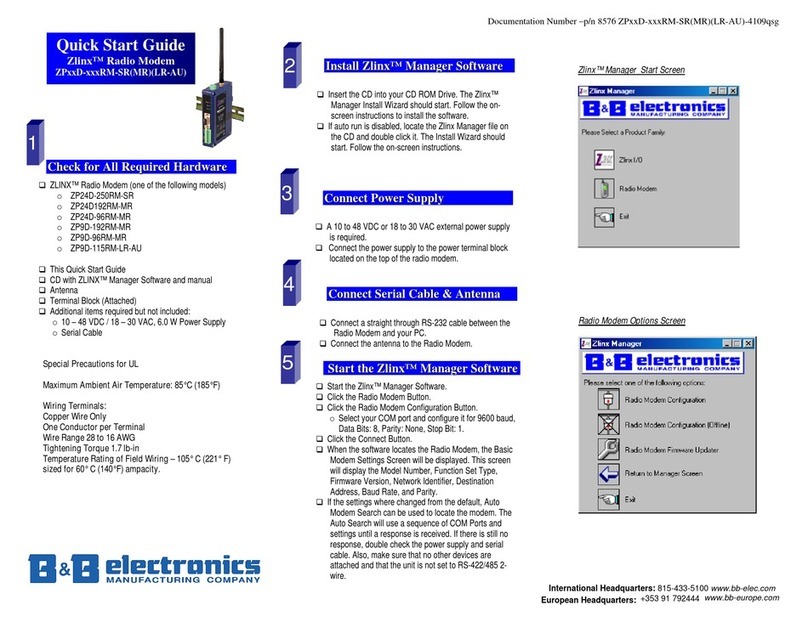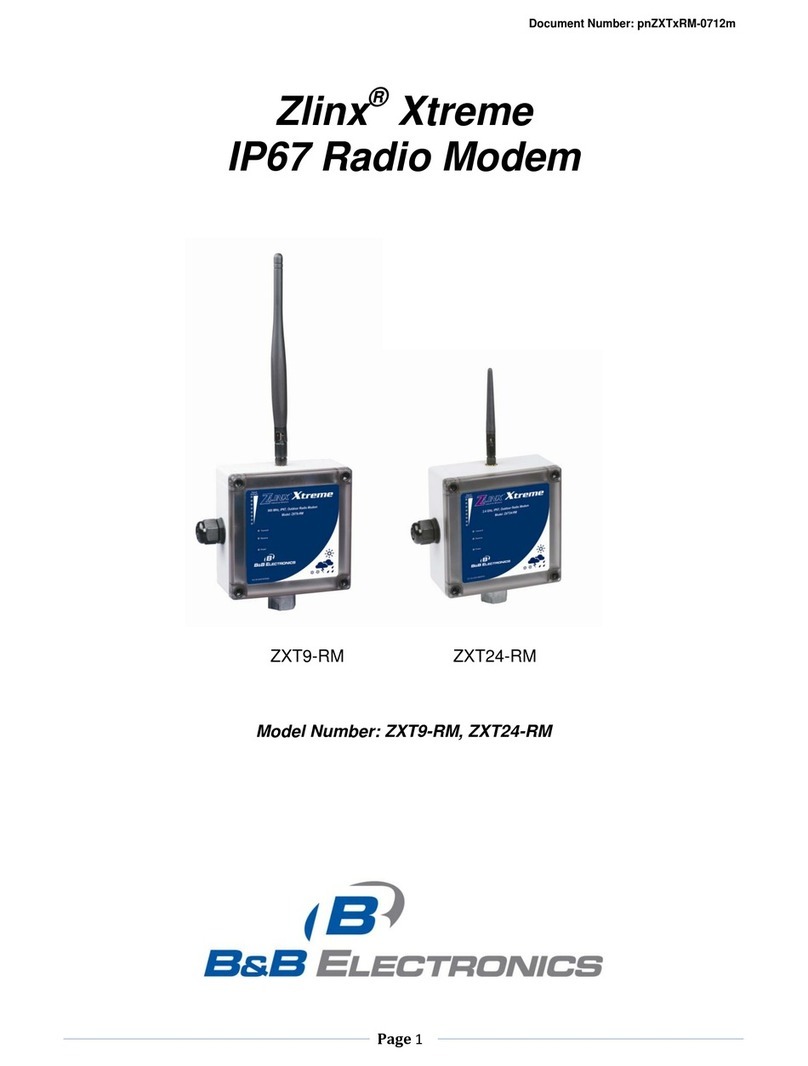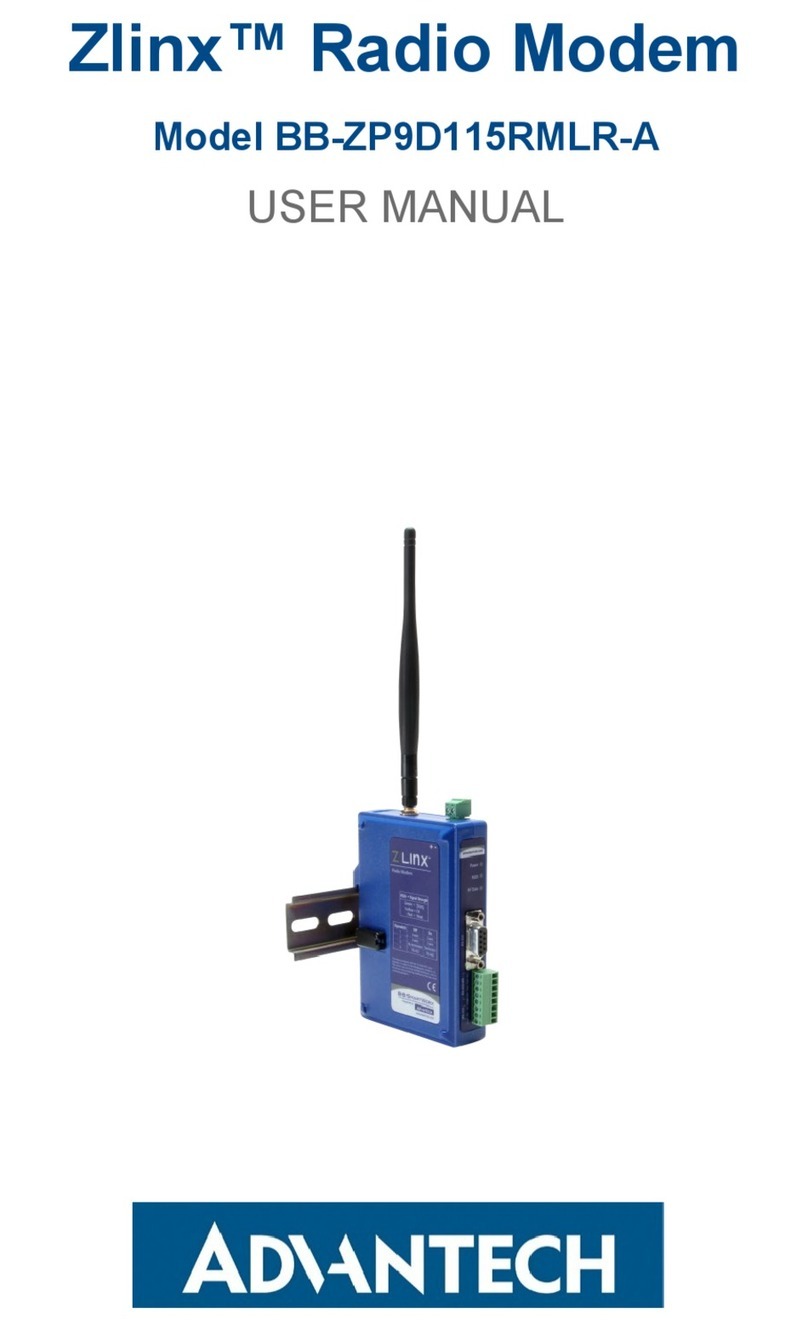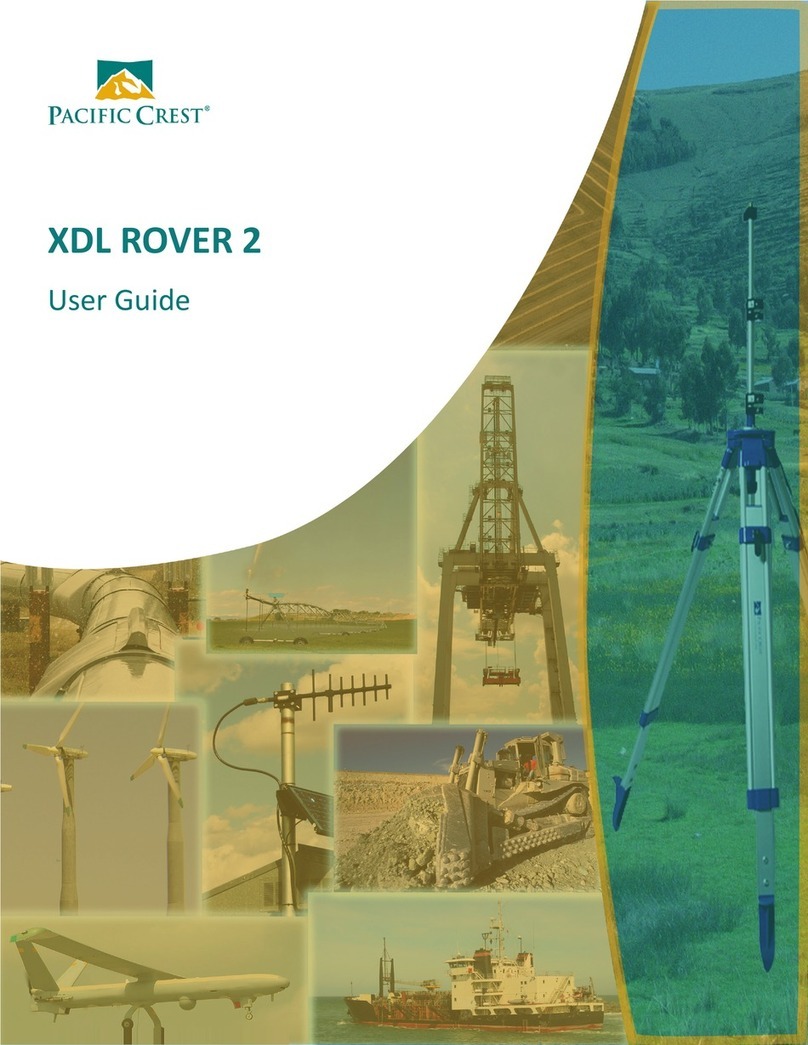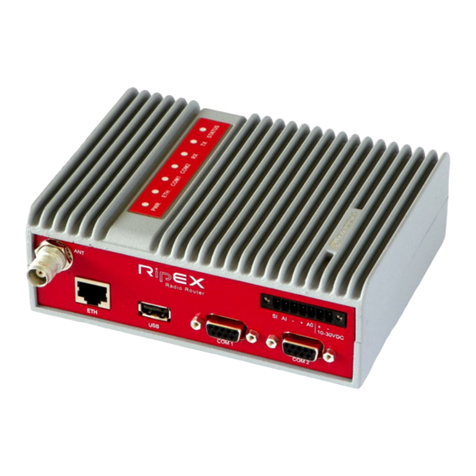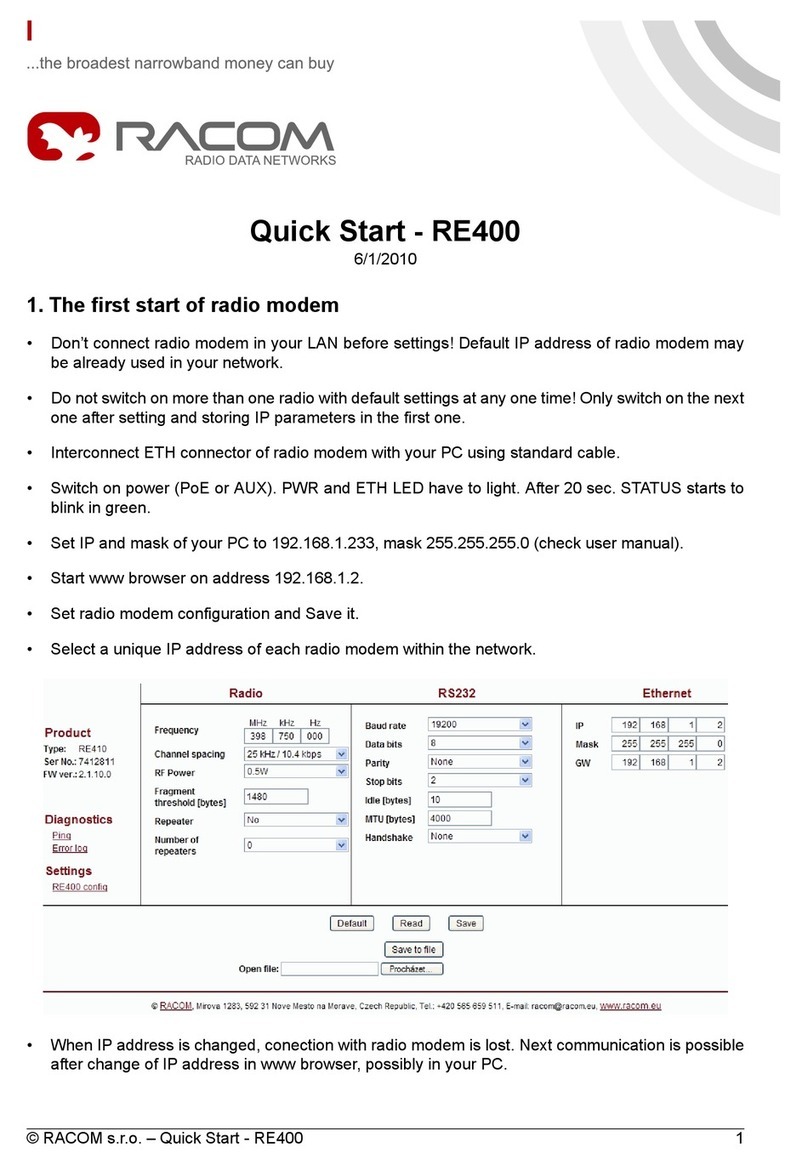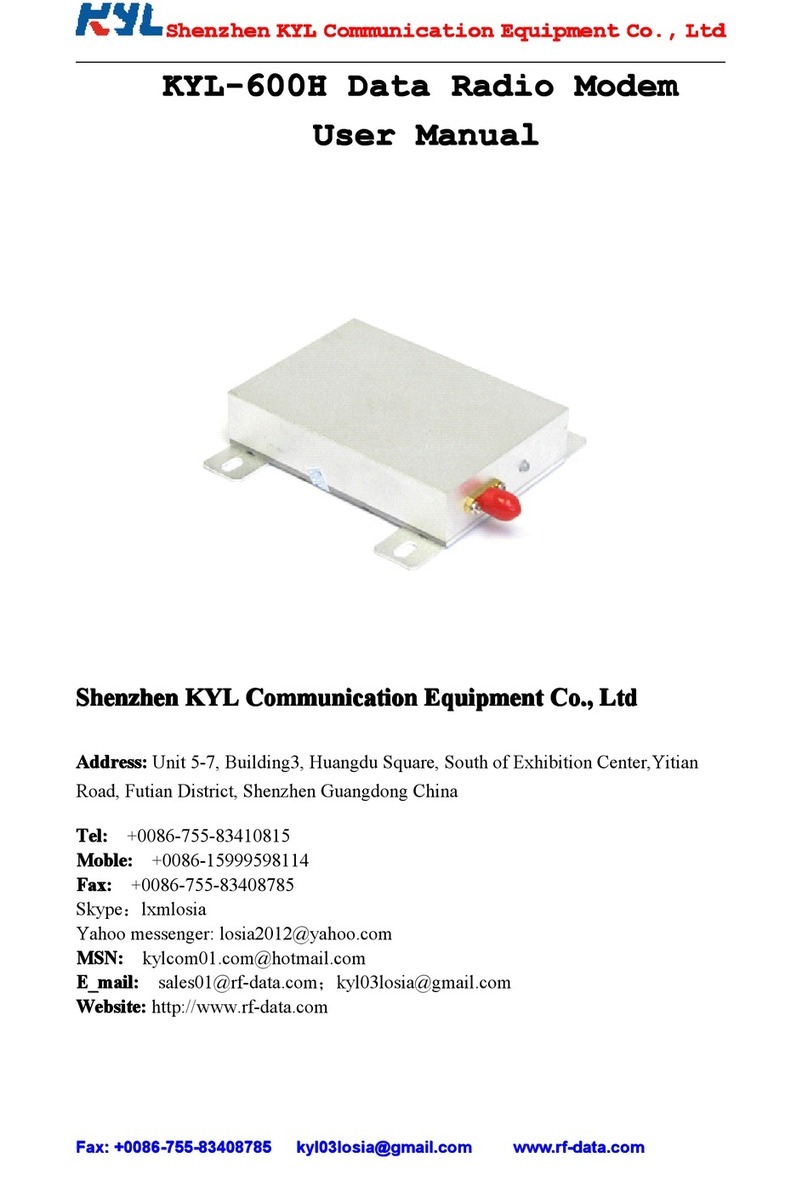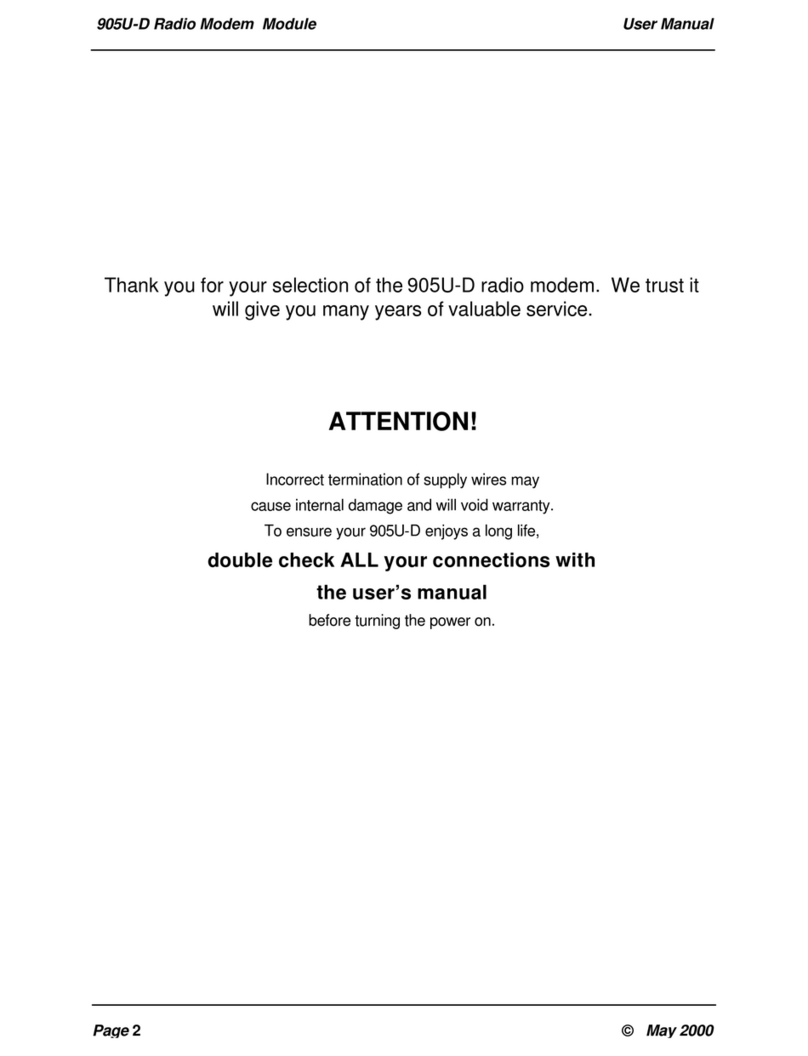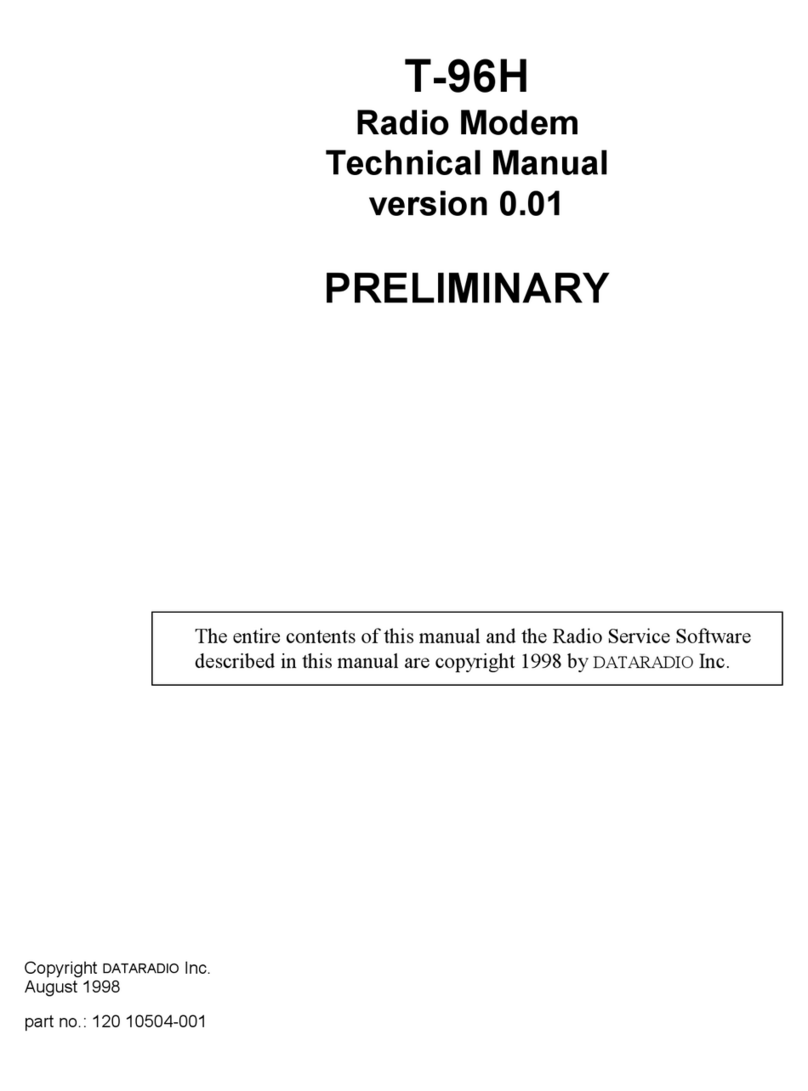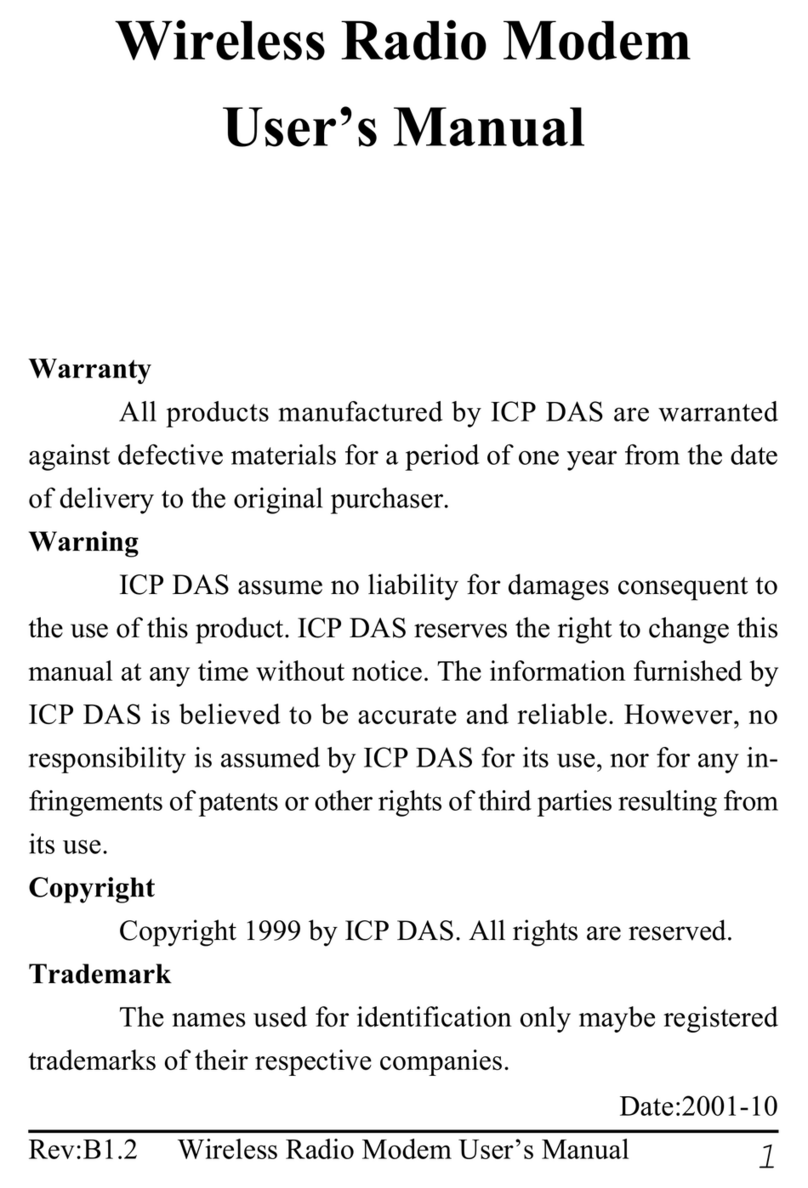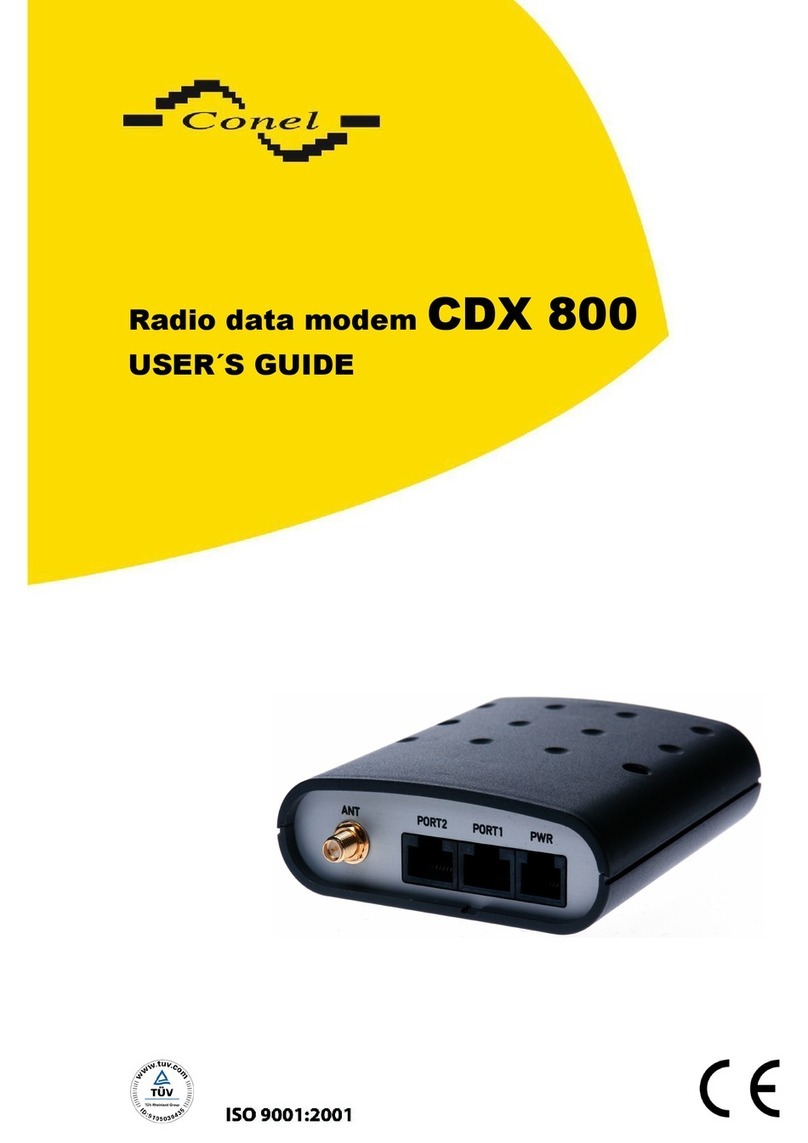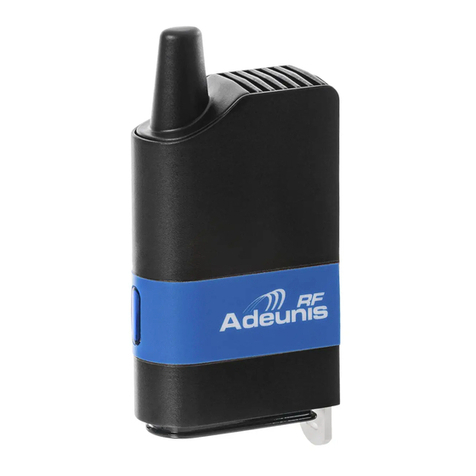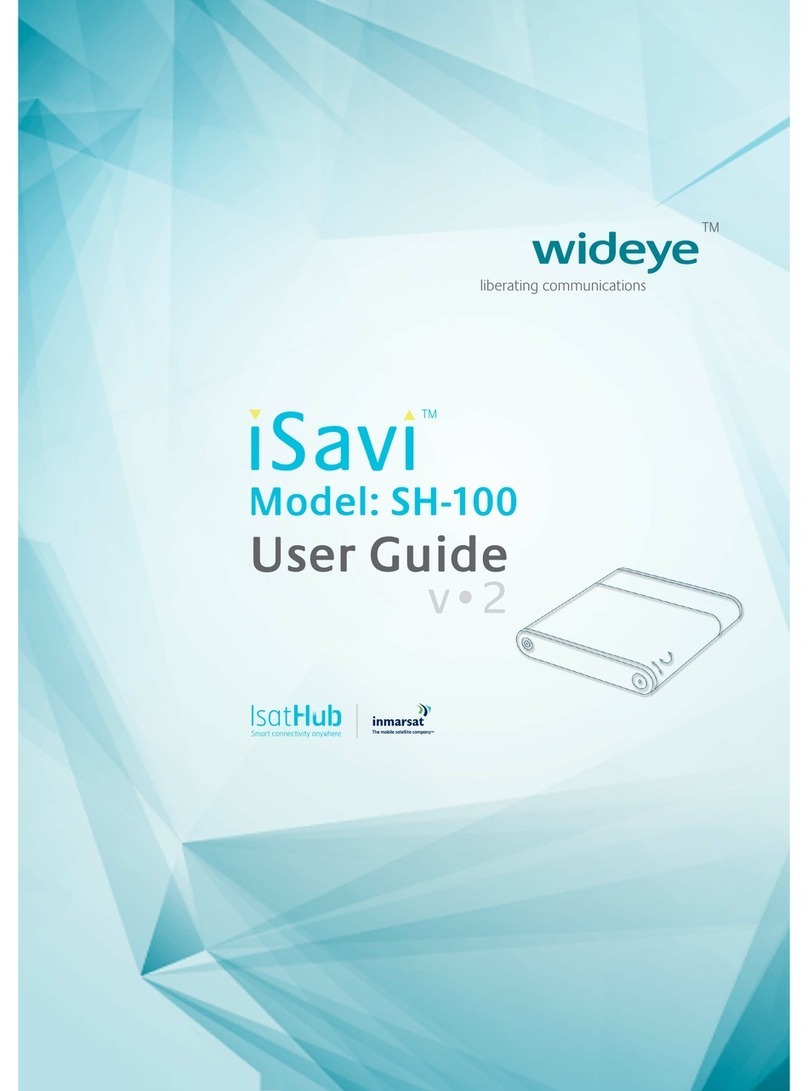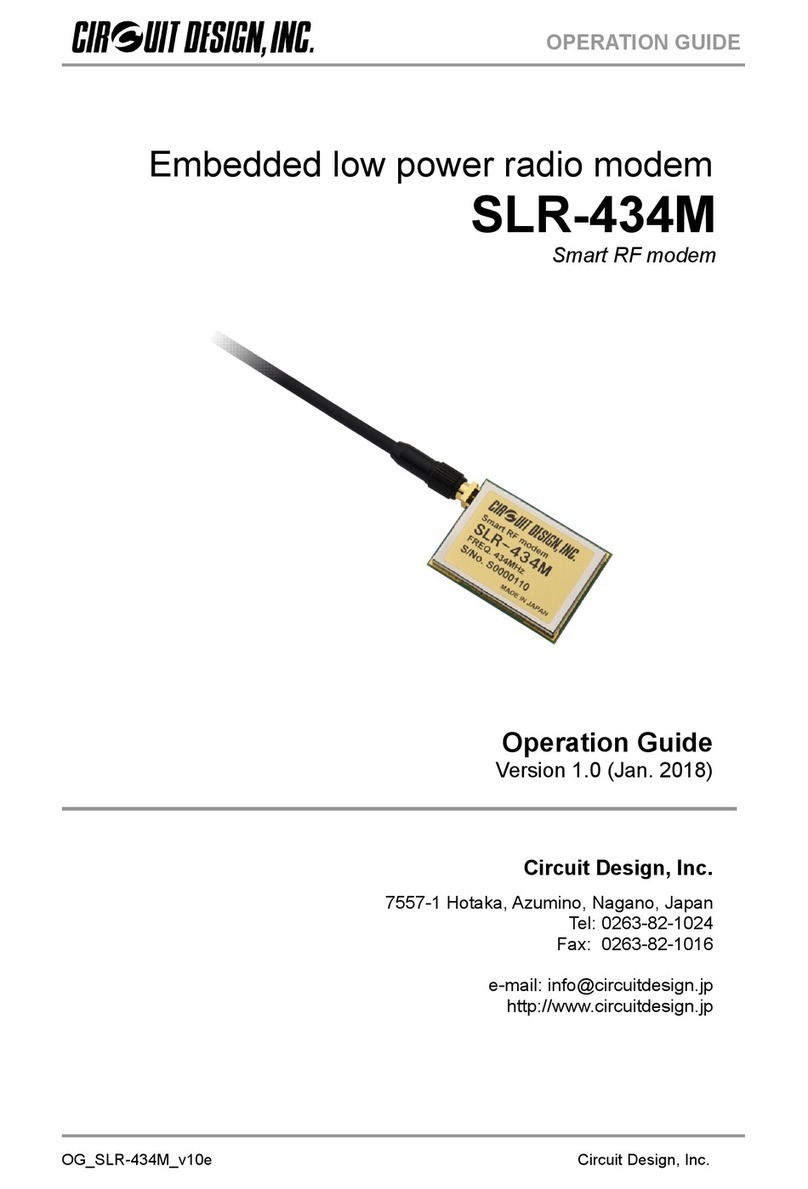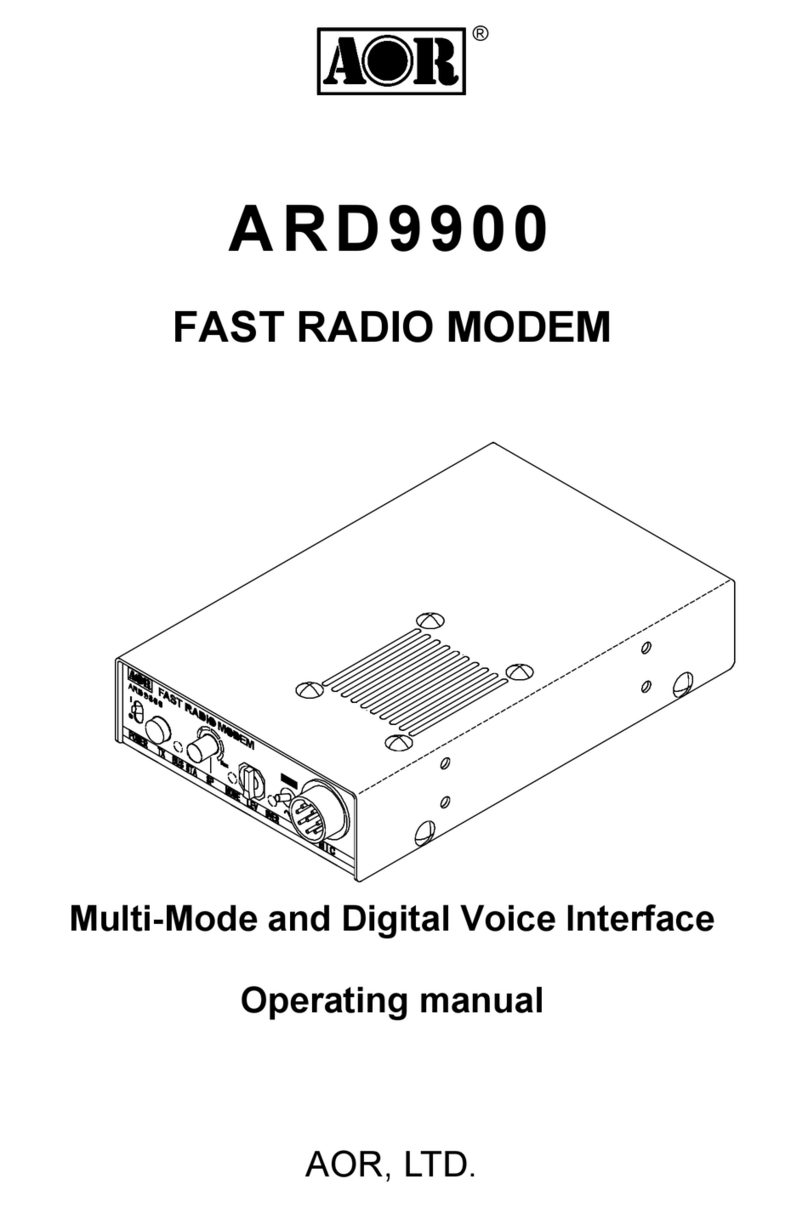
Manual Documentation Number: ZP8D-24RM-0912m 7
B&B Electronics Mfg Co Inc –707 Dayton Rd - PO Box 1040 - Ottawa IL 61350 - www.bb-elec.com
B&B Electronics –Westlink Commercial Park –Oranmore, Galway, Ireland –www.bb-europe.com
Remember Your Math
Contrary to popular opinion, no black art is required to make a reasonable
prediction of the range of a given radio signal. Several simple concepts must
be understood first, and then we can apply some simple rules of thumb.
The equation for successful radio reception is:
TX power + TX antenna gain –Path loss –Cabling loss + RX antenna
gain –10dB fade margin
> RX Radio sensitivity or (less commonly) RF noise floor
Note that most of the equation’s parameters are easily gleaned from the
manufacturer’s data. That leaves only path loss and, in cases of heavy RF
interference, RF noise floor as the two parameters that you must
established for your particular installation.
In a perfect world, you will measure your path loss and your RF noise
conditions. For the majority of us that don’t, there are rules of thumb to
follow to help ensure a reliable radio connection.
RF Attenuation and Line of Sight
In a clear path through the air, radio signals attenuate with the square of
distance. Doubling range requires a four-fold increase in power, therefore:
• Halving the distance decreases path loss by 6dB.
• Doubling the distance increases path loss by 6dB.
When indoors, paths tend to be more complex, so use a more aggressive
rule of thumb, as follows:
• Halving the distance decreases path loss by 9dB.
• Doubling the distance increases path loss by 9dB.
Radio manufacturers advertise “line of sight” range figures. Line of sight
means that, from antenna A, you can see antenna B. Being able to see the
building that antenna B is in does not count as line of sight. For every
obstacle in the path, de-rate the “line of sight” figure specified for each
obstacle in the path. The type of obstacle, the location of the obstacle, and
the number of obstacles will all play a role in path loss.
Visualize the connection between antennas, picturing lines radiating in an
elliptical path between the antennas in the shape of a football. Directly in the
center of the two antennas the RF path is wide with many pathways. A
single obstacle here will have minimal impact on path loss. As you approach
each antenna, the meaningful RF field is concentrated on the antenna itself.
Obstructions located close to the antennas cause dramatic path loss.


